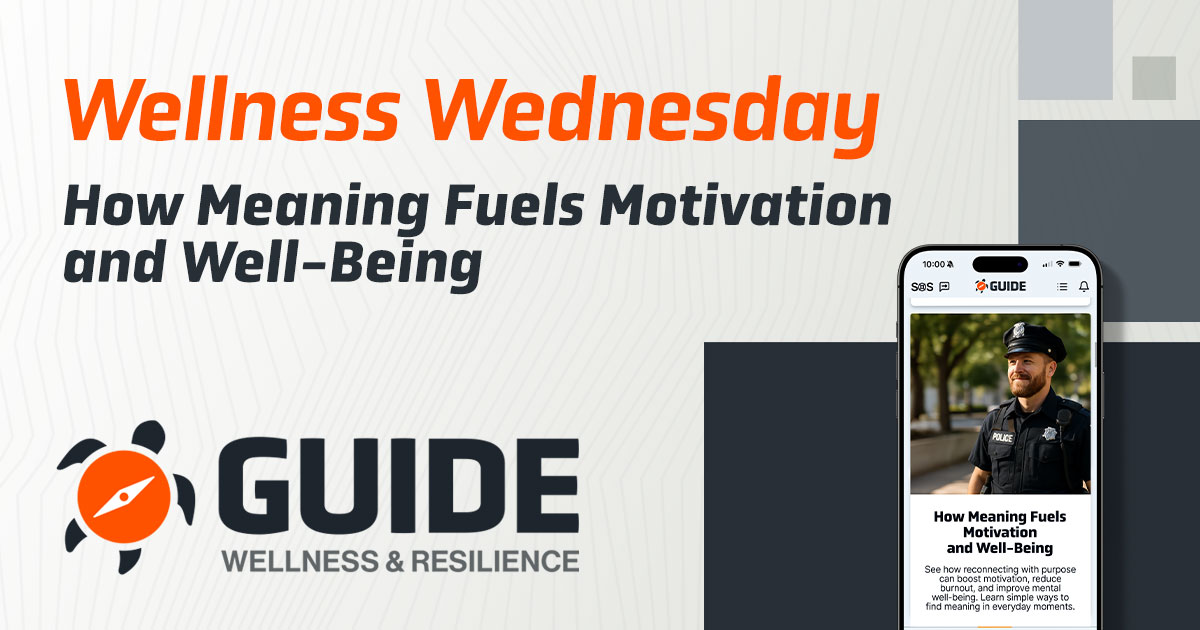In today’s busy world, it can be easy to lose sight of the positives in life as we get caught up in daily challenges and stress. That’s where gratitude journaling comes in—a simple yet powerful tool that helps improve mental well-being and resilience by encouraging us to focus on the things we’re thankful for. Gratitude journaling is more than just a feel-good activity; it’s an effective practice supported by science that helps people boost their mood, increase optimism, and build mental strength over time.
This Wellness Wednesday, we’ll take a closer look at how gratitude journaling can make a positive impact on mental wellness, and we’ll share simple tips on how to start your own gratitude journal.
Why Gratitude Journaling?
Gratitude journaling is the act of regularly writing down things you’re grateful for. It may seem simple, but this practice can have a profound effect on mental health. Research has shown that gratitude has strong links to increased happiness, reduced anxiety, and a greater sense of connection to others.
When we take time to reflect on the positive aspects of our lives, we’re training our minds to focus on the good, which can help balance the natural tendency to dwell on negative experiences. This practice also helps build resilience—a key part of mental wellness that helps us bounce back from challenges.
The Benefits of Gratitude Journaling for Mental Wellness
- Improves Mood and Increases Happiness
- Practicing gratitude has been shown to boost dopamine and serotonin, the “feel-good” neurotransmitters in the brain. By regularly reflecting on things you’re grateful for, you’re actively creating a positive outlook on life, which can lead to increased happiness.
- Reduces Stress and Anxiety
- Taking time to recognize the good things in life helps shift our focus away from what we’re worried about. This can reduce stress and anxiety, allowing us to feel more grounded in the present moment.
- Builds Resilience and Mental Strength
- Facing challenges is a natural part of life, but how we respond makes all the difference. Practicing gratitude strengthens our ability to cope with difficult situations by helping us focus on what we can appreciate, even during tough times.
- Improves Relationships and Connection
- Gratitude also enhances relationships by increasing empathy and reducing aggression. When we appreciate what others bring into our lives, it fosters stronger connections and a sense of community.
- Encourages Better Sleep
- Reflecting on positive experiences before bed can help clear your mind and create a peaceful mindset, making it easier to drift off to sleep. Studies show that people who practice gratitude sleep longer and report feeling more refreshed upon waking.
How to Start a Gratitude Journal
Starting a gratitude journal is easy and requires minimal time. Here are some simple steps to help you begin:
Step 1: Choose Your Journal
- You can use a notebook, diary, or even a digital app on your phone to keep track of your gratitude entries. The key is to choose a format that feels comfortable for you, so you’re more likely to stick with it.
Step 2: Set Aside Time Daily
- Dedicate a few minutes each day, either in the morning or before bed, to write in your gratitude journal. Aim to make this a daily habit for the best results.
Step 3: Be Specific
- When writing what you’re grateful for, try to be specific. Instead of writing “I’m thankful for my family,” write something like, “I’m grateful for the way my sister called to check on me today.” Specific details make the experience more personal and meaningful.
Step 4: Reflect on the Positive Impact
- After each entry, take a moment to reflect on how that positive experience or person has impacted your life. This deepens the gratitude practice and helps reinforce its benefits.
Step 5: Stay Consistent
- Consistency is key. Try not to skip days, even if you’re feeling down or stressed. During tough times, gratitude journaling can be especially valuable for maintaining perspective and building resilience.
Tips for Making Gratitude Journaling a Habit
- Start Small: Begin by writing three things you’re grateful for each day. Keeping it simple and achievable will help you stay committed.
- Use Prompts: If you’re struggling to come up with ideas, try using prompts like “Today, I’m grateful for…” or “Something good that happened today is…”
- Reflect Weekly: At the end of each week, review your entries to reflect on the positivity in your life. This can boost your mood and help you notice patterns in what brings you joy.
- Involve Others: Share your gratitude with friends or family members, or even encourage them to start their own gratitude journal. Sharing your entries can deepen your relationships and spread positivity.
Why Gratitude Journaling Matters Now
In a world where we’re constantly bombarded with challenges and news of what’s wrong, gratitude journaling helps create a much-needed mental shift. By focusing on the positives, we can break free from cycles of negative thinking and build mental resilience. This practice not only benefits our personal lives but also extends to our interactions with others. When we’re in a positive state of mind, we’re more likely to spread kindness, empathy, and understanding.
The GUIDE App is here to support your journey to better mental health. With resources to help build resilience, manage stress, and improve wellness, The GUIDE App empowers individuals to take control of their mental well-being through practices like gratitude journaling. Whether you’re just starting out or have been keeping a journal for years, taking the time to practice gratitude can make a lasting difference in your life.




